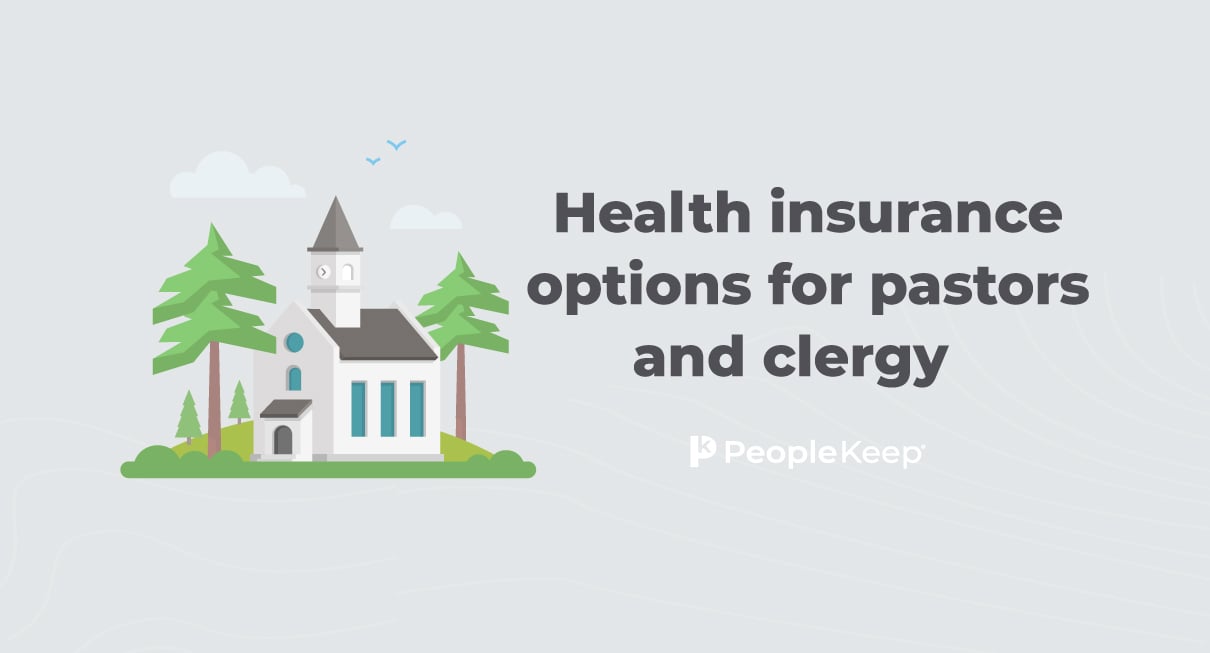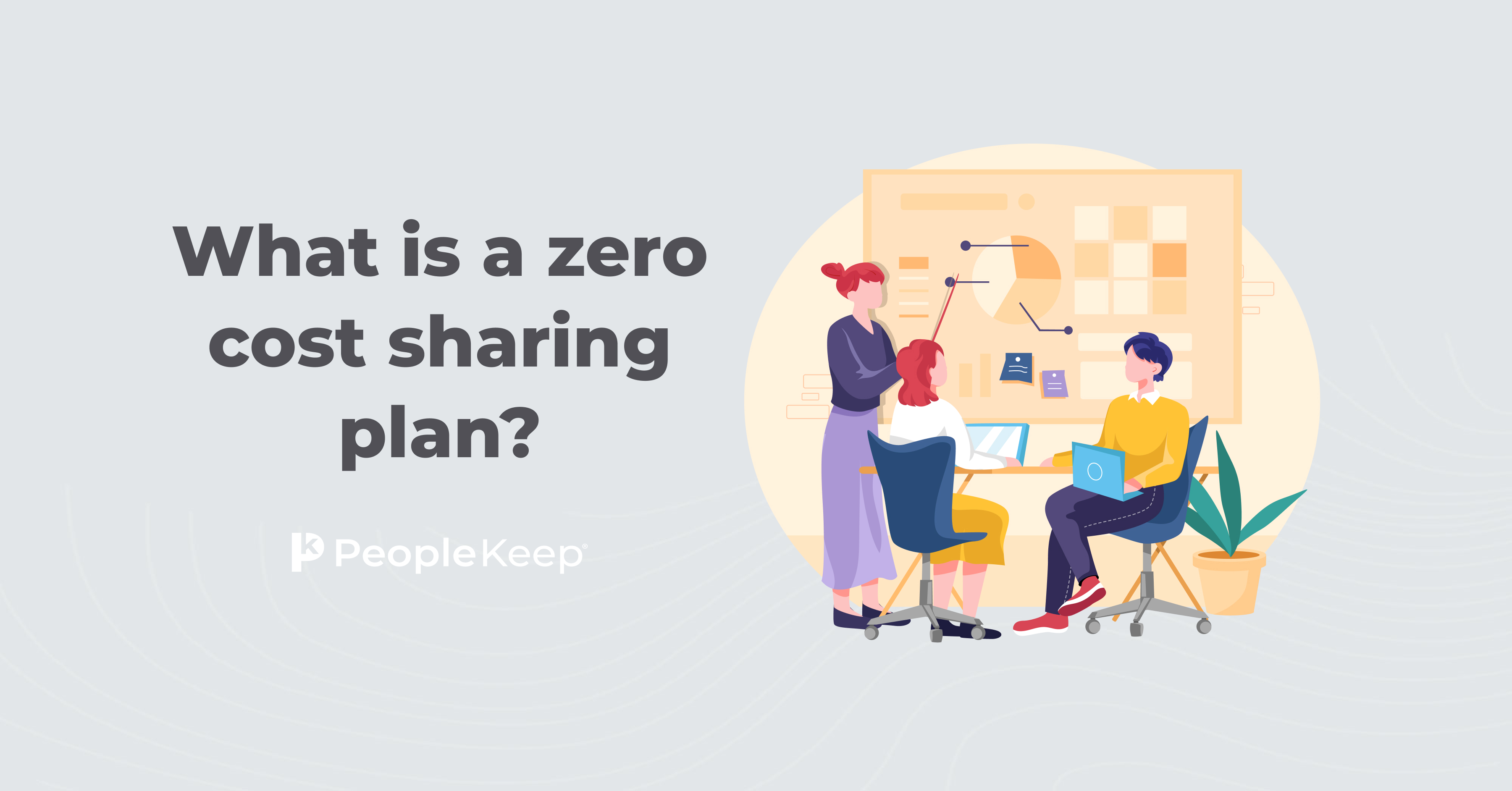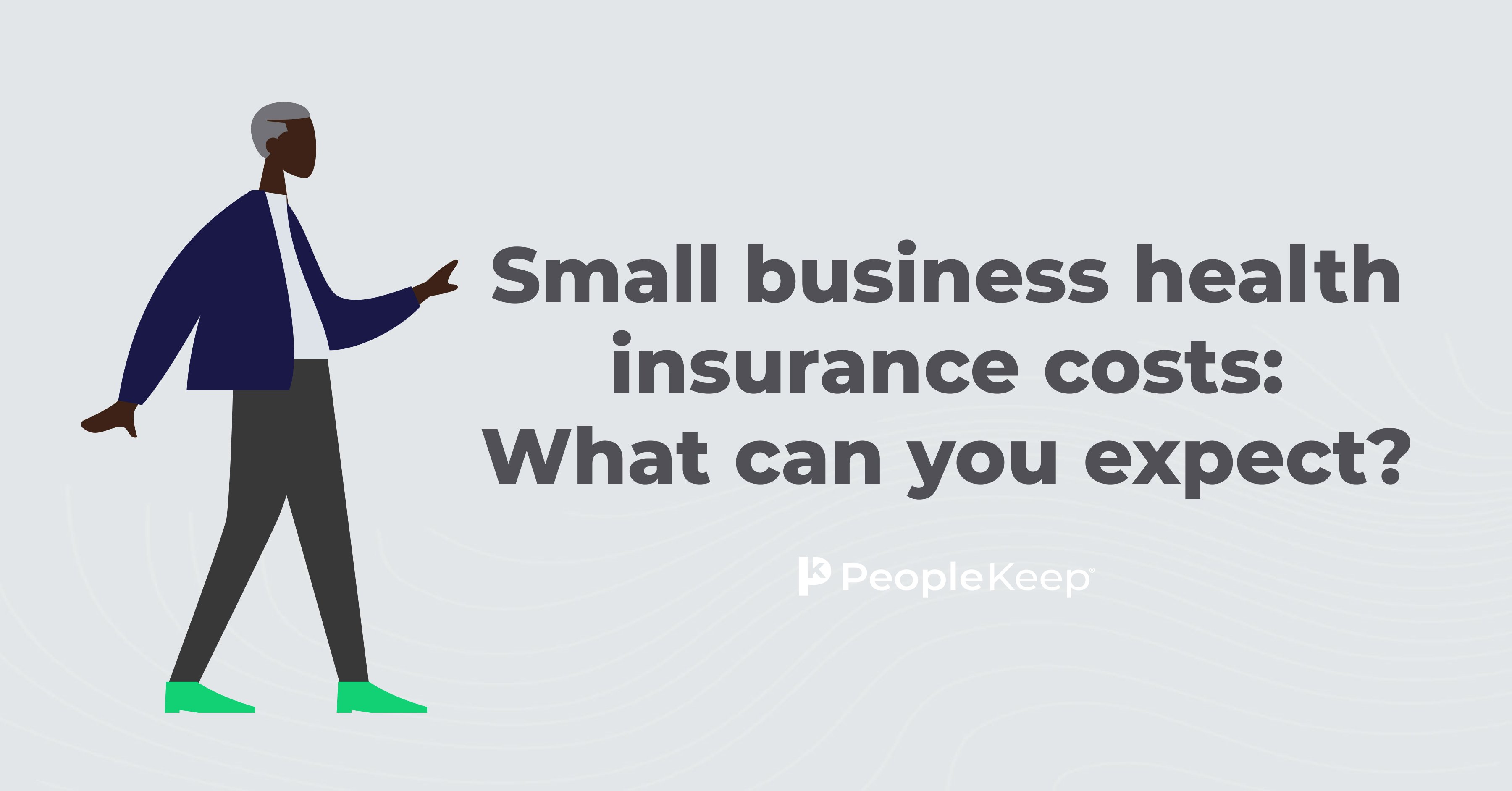How to get in on new Marketplace savings and lower premium costs
By Gabrielle Smith on April 7, 2021 at 8:35 AM
The changes announced with the passing of the American Rescue Plan are now in effect as of April 1, 2021—including new, lowered costs for Marketplace health insurance coverage.
Read on to learn: how much you can save on health insurance, whether or not you qualify, and the deadline for getting enrolled.
How much cheaper are health insurance plans now?
Even if you’ve never qualified for any kind of discount on healthcare before, many people who enroll in health coverage through HealthCare.gov will qualify to save money on their premiums.
According to the U.S. Department of Health Human Services, premiums will decrease, on average, by $50 per person per month and $85 per policy per month. Four out of five enrollees will be able to find a plan for $10 or less per month after tax credits, and over 50% will be able to find a silver plan for $10 or less per month.
How do I know if I qualify?
You’ll find out if you qualify for a premium tax credit that will lower your monthly premium when you apply for Marketplace coverage—either through your state's Marketplace, or the federal Marketplace.
How much of a premium tax credit you’ll qualify for will depend on your household income for 2021 that you put on your Marketplace application. However, no matter how much you make, no one will ever pay more than 8.5 percent of their household income for an insurance plan.
HealthCare.gov has a quick calculator tool to help you see if your 2021 income is in the range to qualify for a premium tax credit.
What if I already have a Marketplace plan?
Don’t worry! You can still take advantage of the new lower-cost plans, even if you already have a plan in place.
All you need to do is log in to your account, then submit your application again to see your new eligibility results with the extra tax credit amount. Your eligibility results will be shown right away, so you don’t have to wait around.
If your results show that you qualify for more tax credit, simply reselect your current plan, and the changes will take effect to lower your premiums for the rest of 2021.
The only downside to this is that your deductible might start over, but it’ll depend on your plan. You should call your insurance company before changing plans or adding a new household member to make sure.
What if I don’t have a Marketplace plan?
If you’re new to the Marketplace, you’ll need to create an account to get started.
After you create your account, you’ll want to gather all the necessary information you need to apply. This will include information about your family, taxes, income, citizenship, and more.
Next, you’ll submit your application and your eligibility results will be shown right away. It’ll show whether or not you qualify for a Marketplace health insurance plan with savings, including tax credits to help pay monthly premiums, or lower copayments, coinsurance, and deductibles.
Your results will also show if you qualify for fee or low-cost coverage through Medicaid and the Children’s Health Insurance Program (CHIP).
Finally, you’ll enroll in a plan. You can compare health plans and prices available in your area, and enroll in the one that best meets your needs for you and your family. To start coverage, you’ll pay your first premium to your insurance company and your coverage will start.
How long do I have to sign up for a Marketplace plan?
Luckily, there’s no huge hurry to rush and sign up for a plan. There’s been a special enrollment period put in place to make sure everyone has time to find the right coverage for them.
You have until August 15, 2021 to enroll in or change your Marketplace plan due to the coronavirus disease 2019 emergency. So take your time comparing prices, exploring what’s available, and even talking with a professional if you have questions about which plan is best for your healthcare needs.
There's no limited enrollment period for Medicaid or CHIP, so you can enroll at any time of the year. If you qualify, coverage can begin immediately.
How does this affect my health reimbursement arrangement?
If you have a health reimbursement arrangement (HRA), premium tax credits work a little differently. Depending on the type of HRA you have, you’ll have to either reduce your tax credit by your HRA amount or waive the tax credit entirely.
For example, with the individual coverage HRA (ICHRA), employees can’t keep their premium tax credit and participate in the ICHRA. They must either waive their premium tax credit so they can participate in the ICHRA, or, if their ICHRA allowance isn’t considered affordable, they can opt-out of the ICHRA and collect their premium tax credit.
With the qualified small employer HRA (QSEHRA), employees with a premium tax credit can keep their tax credit and participate in the QSEHRA—their premium tax credit will simply be reduced, dollar-for-dollar, by the amount of their QSEHRA allowance.
Conclusion
More Americans than ever have access to lowered health insurance premiums and affordable care for themselves and their families. Taking the steps to explore the Marketplace, understand your options, and take advantage of the updated pricing will help you get the savings you need to navigate this challenging time.
Check out more resources
See these related articles

Health insurance options for pastors and clergy
Are you a minister or church looking for health insurance options? Explore our guide to find the best health insurance plans for pastors and clergy.

What is a zero cost sharing plan?
In this blog, we go over what zero cost sharing plans are and what other health benefit options exist for those who don’t qualify.

Small business health insurance costs: What can you expect?
Curious about the costs of small business health insurance? Get an overview of what to expect and plan ahead for your budget with this informative guide.


